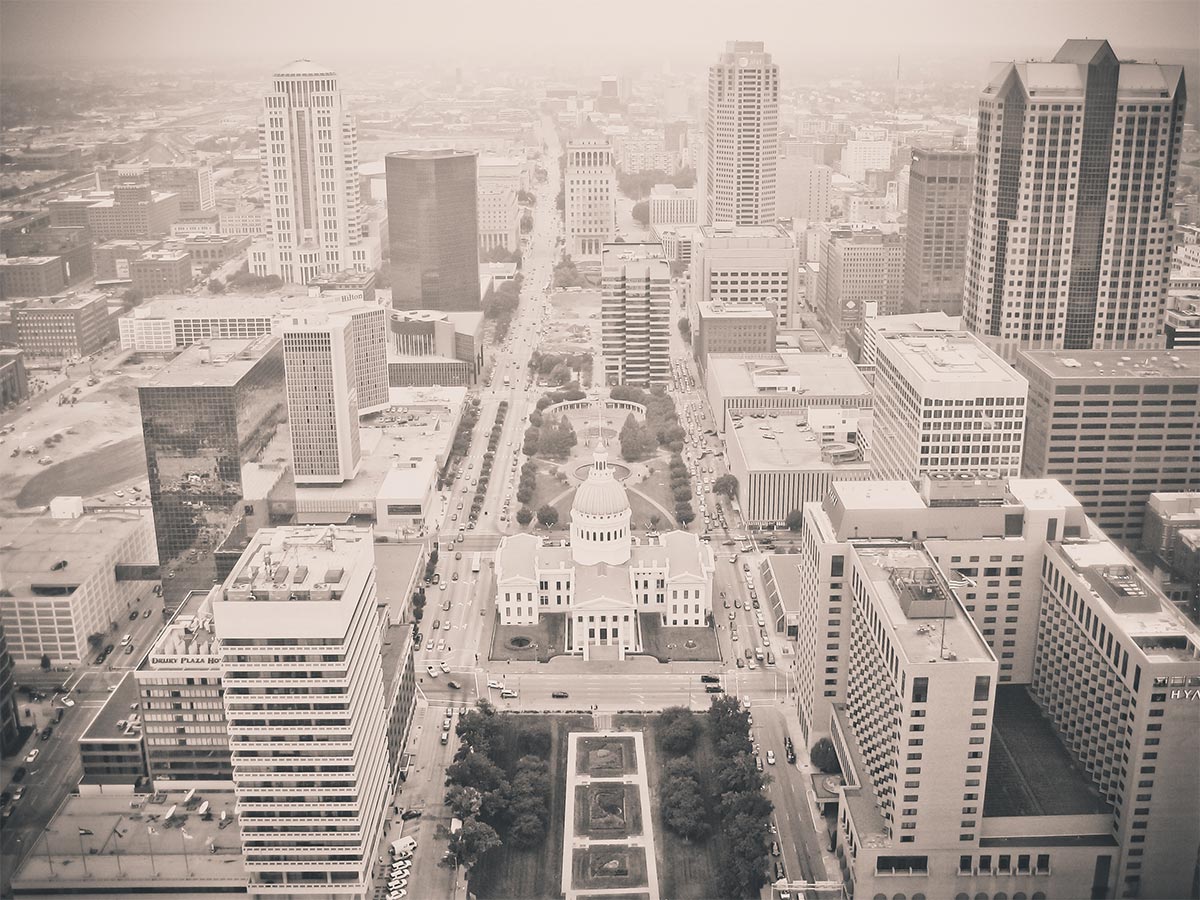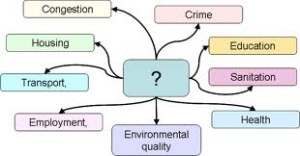In very simple words, urbanization is what happens as a result of industrialization, modernization and socio-economic and cultural growth. It is like as more people leave villages and farming and come to settle in cities, urbanization happens. People come and settle down around places where money, wealth, services and opportunities are centralized. Though this process started in Europe, it soon spread to the entire world. However, in my article I am basically going to talk only about urbanization in India.
Let us talk about the time which was more under our control and hence more important to discuss; the post colonialism era. When the British folks finally decided to let go of our throats and allow us to breathe, they left us in a diseased condition. Over the burden of partition, we were also facing the terrible economic problems and our developments stood nowhere on the world stage. In short, we were half dead. And then began the process to build a new India out of the old one. It was most necessary at that time. We really needed to shift our economy from purely agrarian to agrarian + industrial. We needed urbanization to increase job opportunities and better living condition for our population and also to give a boost to our economy. Jawaharlal Nehru, the first prime minister of India, had this vision of massive industrialization, which he believed would give a sudden push to India’s situation at that time. He, being a socialist, started with the process of industrialization. And almost suddenly, we had industries and cities cropping up and rising in the entire India. Of course, there was development but with a little failure. In the haste of development we forgot to plan how we should go about it. Urbanization happened, however, sustainable urbanization didn’t.
This unplanned urbanization soon defeated the very purpose it stood for. Due to lack of infrastructure and non-judicious use of both natural and state resources, this urbanization further led to the growth in unemployment rate and accommodation problems. Also, problems like a proper sewage system, proper water supply, sanitation, electricity etc soon made their way into our lives. We had crime rates increasing and life getting more and more difficult. There was unthinking deforestation done, thus reducing us to the lowest ranked countries in forest area and environmental stability. There is hardly any place to accommodate more people and the population shamelessly continues to increase. There exist now what we call a total chaos. It is high time we start thinking over it and start doing what we call sustainable urbanization, which is now less of a desire and more of desperation.
Sustainable, as the dictionary suggests is the capability to sustain. And sustainable development as we all must have read in our primary school is the process to meet our needs without compromising the lives and needs of the future generation. However, sustainable urbanization needs to be understood by a little more complexity. It is a multi-dimensional process where sustainability at various levels is required. This basically requires social, economic, political-institutional and environmental sustainability. Economic sustainability basically being the capability to judiciously use the local/regional resources to produce long term benefits for the community, without damaging or depleting the resources base on which it depends. It is important to take into consideration the full impact of the production cycle, without increasing the cities ecological footprint. While social sustainability means the just, inclusive and culturally adequate intervention to promote equal rights over all natural, physical and economic capitals that support livelihood of the locals, with particular emphasis on the marginalized groups. Political sustainability of course means the proper exercise of democracy such that there is equal participation in the making of any decision. There is required a certain quality of good governance that guides the relationship and actions of different actors. And lastly, there is environmental stability that concerns with the capacity of an intervention which enhances the livability of a building and urban infrastructure. It also includes the concern for the efficiency of a build environment to support the local environment. Also, that the city dwellers live a comfortable life without damaging and disrupting the urban region environment. Given the rapid and continues rise in population in India, what we need is a proper planning without any further delay. There we need a combined effort by state, private organizations and most importantly the population.
Starting with the state, it holds upon it the responsibility of policy making and implementations of the same. We need policies that encourage a sustainable process of urbanization such that a build structure or system does not pose to be a problem for environment and future generations. Is also needs to ensure that no individual or system dares to break such laws for their own benefit. Added to that the state also needs to keep in mind that the laws made are in benefit of people with different economic conditions and does not bend towards any one. Then it is also the responsibility of the private organizations to maintain a proper relation with the dynamics of the environmental resources and services and the demands exerted over them. Lastly, it is the people, particularly the urban population who are the real caretakers of the nature. They are the consumers who have to bear the responsibility to maintain the environmental health of a region. It is the call of the hour and none of us can now run away from this responsibility. We need to make India a better place to live in, for you and for me and the coming generations.



Leave a Reply